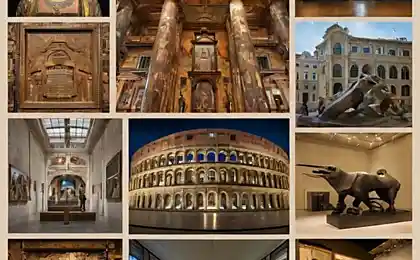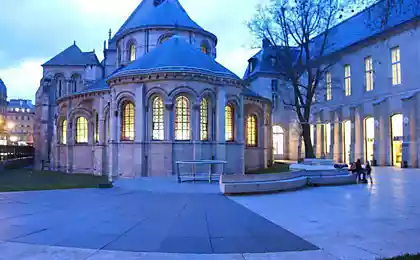952
Normandy Museum
I suggest you take a stroll through the museum Ancient crafts, you will see an excellent mill for apples and press, dating from the XVIII century and has more than 450 exhibits.
You will learn the legend of the origin of the term "Calvados", and see the tools (including copper and tin, produced in Normandy), used on the farm and the farm woodcutters, coopers, saddlers, weavers, craftsmen of clogs.

Location Museum
France, Normandy, Calvados Père Magloire, Route de Trouville, 14130 PONT L'EVEQUE
(Access: A13 motorway exit Pont-l'Evêque - N 177 direction of Deauville)

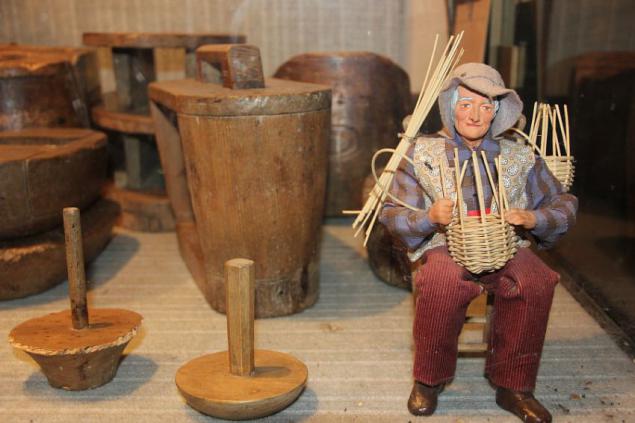
One of the most romantic legends of origin of the word Calvados, takes us to the year 1588
On the way to England, the Spanish fleet, consisting of a hundred heavily armed galleons, I got into a massive storm blew many ships away from the main squadron for hundreds of miles. One of those lost ships and became "San Salvador", the storm made it to the shores of Normandy. As soon as the sea calmed down and exhausted sailors struggle with the elements came a bit as a storm crippled ship was spotted by British patrol boats patrolling the coastal waters of Normandy.

Boiled sea battle, the roar of guns drew ashore the many local residents who witnessed how a huge Spanish galleon in an unequal battle sank several British ships and then, throwing overboard all the weapons and raising the sails, went straight to the beach, plunging ever deeper on the move in the turquoise waves as its high sides were literally riddled with English kernels.

The ship managed to get to the coastal strip and lie down on the bottom, and the surviving Spanish sailors swam to shore. I never loved Spaniards Normans were so delighted with the feat of brave sailors that gave them a hearty welcome.

The story of the naval battle spread throughout the province, and look at the waterlogged ship, stern valances which shone golden letters «San Salvador», began to arrive from all around. The story passed from mouth to mouth, and the Spanish "El Salvador" quickly transformed into Norman "kalvador" and then in "Calvados».

Meanwhile, the surviving Spaniards, try the local cider, which is made of old apple Normans, we decided to try to overtake it to increase alcoholicity because both at home in Spain, and while serving in the Royal Navy, accustomed to a strong alcohol. The resulting distillation of apple cider drink locals still dubbed the "Calvados", as they called Intermedia is the surviving sailors, despite the fact that the subsequent storms quickly smashed sunken galleon and gold letters «San Salvador» is no longer burning in the sun, remains ship swept out to sea. Over time, the name stuck and Calvados in Normandy district, where guests Spanish sailors.

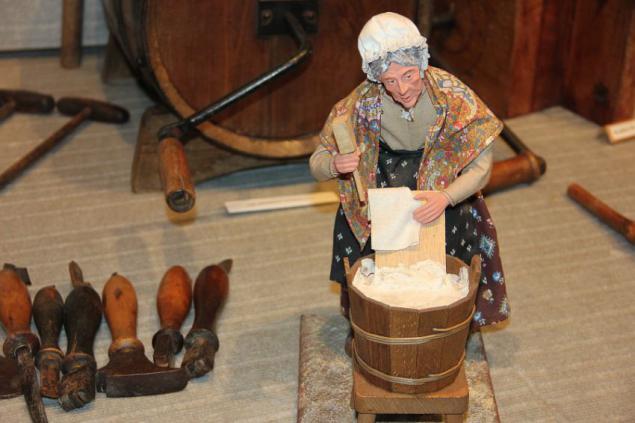

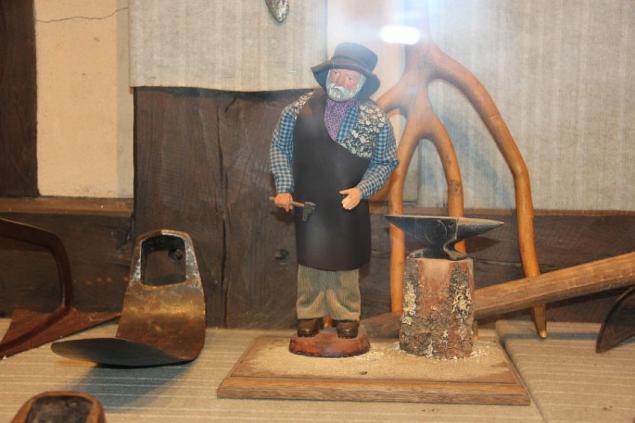





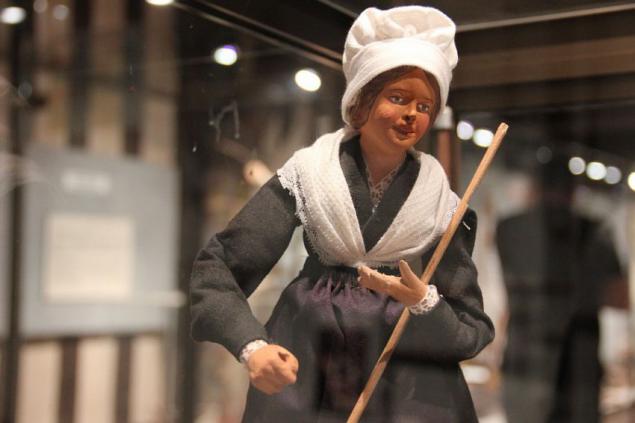
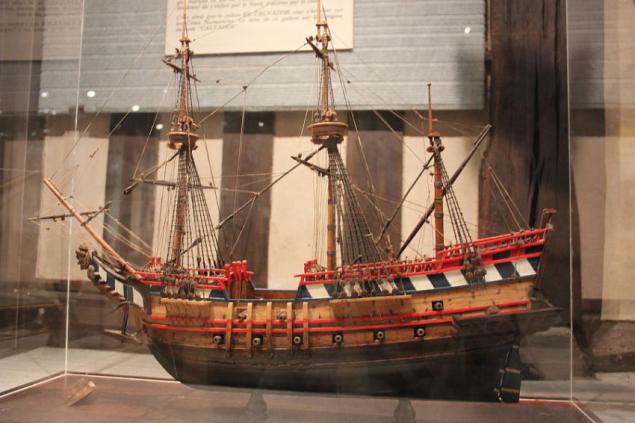
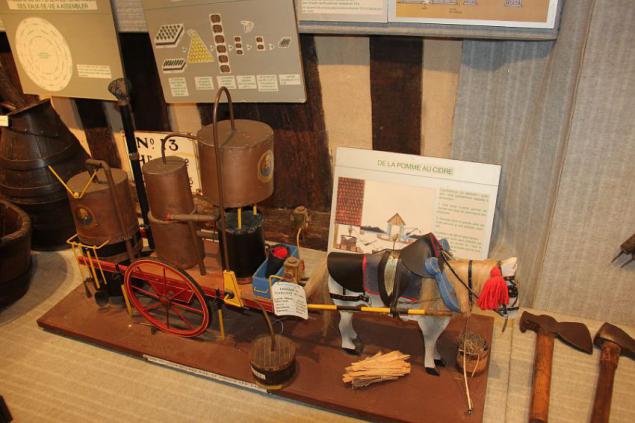
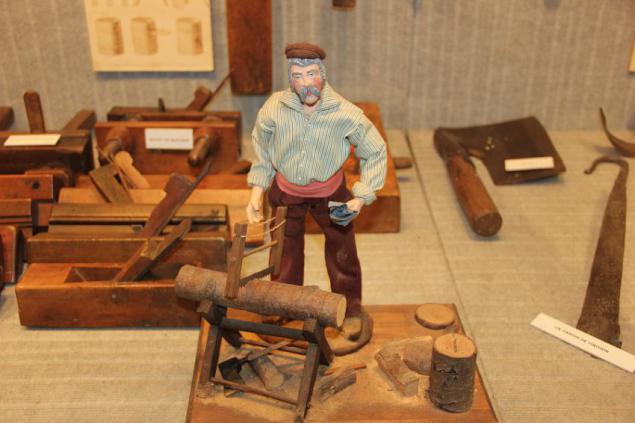



Mill for apples (17th century)





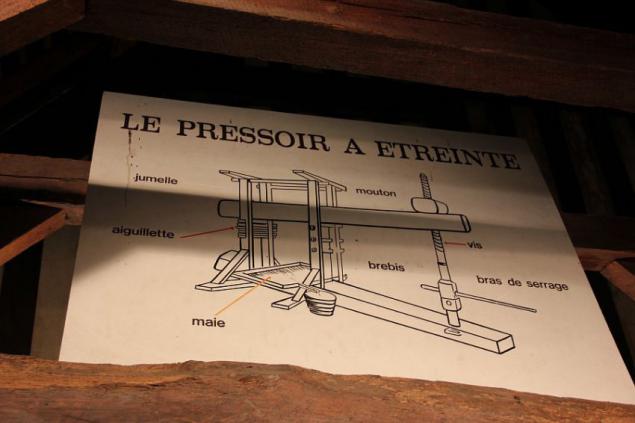








Source: kukmor.livejournal.com
You will learn the legend of the origin of the term "Calvados", and see the tools (including copper and tin, produced in Normandy), used on the farm and the farm woodcutters, coopers, saddlers, weavers, craftsmen of clogs.

Location Museum
France, Normandy, Calvados Père Magloire, Route de Trouville, 14130 PONT L'EVEQUE
(Access: A13 motorway exit Pont-l'Evêque - N 177 direction of Deauville)


One of the most romantic legends of origin of the word Calvados, takes us to the year 1588
On the way to England, the Spanish fleet, consisting of a hundred heavily armed galleons, I got into a massive storm blew many ships away from the main squadron for hundreds of miles. One of those lost ships and became "San Salvador", the storm made it to the shores of Normandy. As soon as the sea calmed down and exhausted sailors struggle with the elements came a bit as a storm crippled ship was spotted by British patrol boats patrolling the coastal waters of Normandy.

Boiled sea battle, the roar of guns drew ashore the many local residents who witnessed how a huge Spanish galleon in an unequal battle sank several British ships and then, throwing overboard all the weapons and raising the sails, went straight to the beach, plunging ever deeper on the move in the turquoise waves as its high sides were literally riddled with English kernels.

The ship managed to get to the coastal strip and lie down on the bottom, and the surviving Spanish sailors swam to shore. I never loved Spaniards Normans were so delighted with the feat of brave sailors that gave them a hearty welcome.

The story of the naval battle spread throughout the province, and look at the waterlogged ship, stern valances which shone golden letters «San Salvador», began to arrive from all around. The story passed from mouth to mouth, and the Spanish "El Salvador" quickly transformed into Norman "kalvador" and then in "Calvados».

Meanwhile, the surviving Spaniards, try the local cider, which is made of old apple Normans, we decided to try to overtake it to increase alcoholicity because both at home in Spain, and while serving in the Royal Navy, accustomed to a strong alcohol. The resulting distillation of apple cider drink locals still dubbed the "Calvados", as they called Intermedia is the surviving sailors, despite the fact that the subsequent storms quickly smashed sunken galleon and gold letters «San Salvador» is no longer burning in the sun, remains ship swept out to sea. Over time, the name stuck and Calvados in Normandy district, where guests Spanish sailors.
















Mill for apples (17th century)














Source: kukmor.livejournal.com



